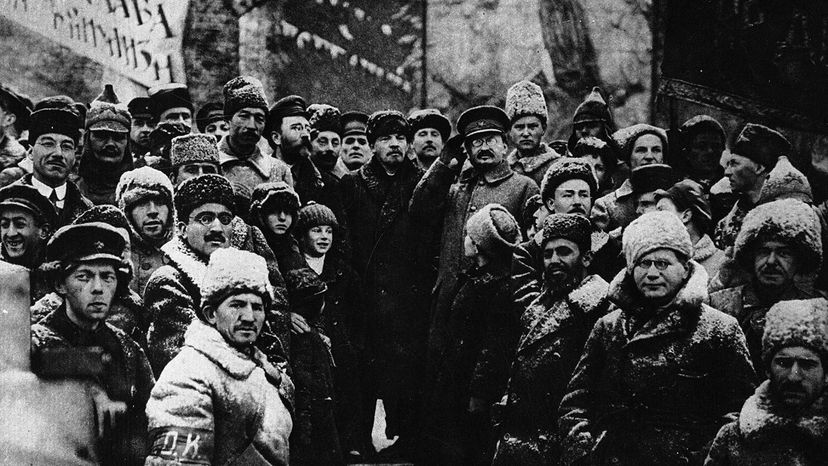Rise of the First Communist Nation

Russia was a czarist nation when the philosophies of communism started to take hold. For centuries, Russia was ruled by a monarchy that wielded absolute power over the people: the Romanov Dynasty. Czar Nicholas II and his wife resisted the shift toward democracy that much of the world was making. The members of Russia's lower classes had long suffered in poverty. These two factors, combined with the huge losses suffered during World War I, made the czar very unpopular. In addition, he and his family were living in luxury while their subjects struggled for basic necessities [source: First World War].
By February 1917, the war had taken a massive toll on Russia — both in the loss of human lives and in the form of a severe nationwide famine. When a metalworking plant closed, resulting in the loss of many jobs, strikes and protests broke out. Russia was in a state of chaos. The army was sent in to control the situation, but many of the soldiers sympathized with the workers and defected, choosing to support them instead. As many as 150,000 soldiers joined the massive protest — which is now known as the February Revolution.
Advertisement
The situation went downhill so fast that the military lost control completely. With virtually no support from the military, Czar Nicholas II was forced to abdicate his throne. The Russian Provisional Government was set up to take his place, effectively ending the Romanov Dynasty. In July 1918, the Bolsheviks assassinated the czar and his family.